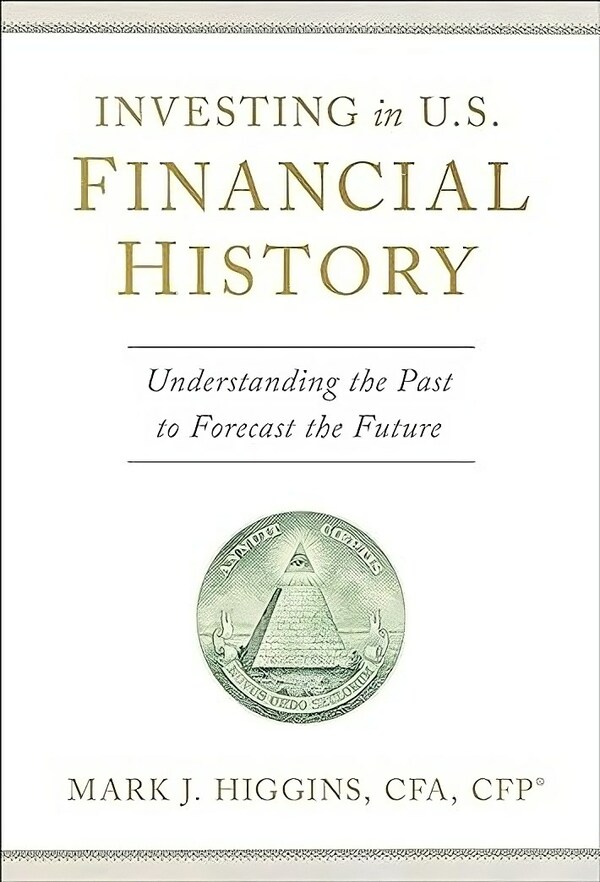Most investors base their decisions only on their life experience, which causes them to overlook powerful forces that repeatedly reshape financial systems, economies, and securities markets. Investing in U.S. Financial History explains these forces by recounting the key events that shaped the financial history of the United States from 1790 to the present day. The work is the product of a nearly four-year research effort, and it stands alone as the first book to recount the entirety of U.S. financial history in a single volume.
Readers often feel intimidated by financial concepts, but author Mark J. Higgins, CFA, CFP® reassures them that the book was written to educate both experts and beginners. David J. Cowen, President and CEO of the Museum of American Finance reinforced this sentiment, stating “No matter your level of knowledge about markets, this book is a phenomenal resource to learn from the past, ensuring better investment decisions for the future.”
While the book has broad applications, two primary beneficiaries are investment professionals and business school students (both graduate and undergraduate). Commenting on the application to the investment profession, Michelle Seitz, founder and CEO of MeydenVest Partners and former chair and CEO of Russell Investments stated, “The insights in this book can be used to place market events into an appropriate context. I expect it to function as a durable reference for all investment professionals.“ Commenting on the use in the academic setting, Richard Sylla, a renowned economic historian and Professor Emeritus of Economics at the NYU Stern School of Business stated, “Higgins’s book provides students with valuable historical perspectives, which they often lack but need to have because in financial history the same mistakes are repeated over and over again.“
Higgins also believes that the book offers value to financial policymakers – both in the United States and abroad. For example, he asserted that if central bankers had studied the dynamics of the post-World War I/Great Influenza inflation of 1919-1920, perhaps they would have recognized that post COVID-19 inflation was unlikely to be “transitory.” Further, trustees of institutional investment plans and individual investors may benefit from learning about the history of index funds and the dangers of alternative asset classes. Excited about the broad application, Higgins concluded:
“Over the past four years, I discovered that understanding financial history was far more valuable than trying to make sense of the constant noise that emanates from financial markets. By taking a trip into the distant past, investors may return with a newfound ability to see the repetitive, long-wave cycles that shaped Americas’s past and are likely to determine its future. I am thrilled to share these insights with readers, and I hope that it improves decisions of investment professionals, trustees, academics, government policy makers, and individuals in the U.S. and abroad.”
Investing in U.S. Financial History is available for purchase through multiple online venues and in select bookstores throughout the world. In addition to his work as a financial historian and author, Mark Higgins serves as a senior vice president and institutional advisor for Index Fund Advisors (IFA) Institutional.






